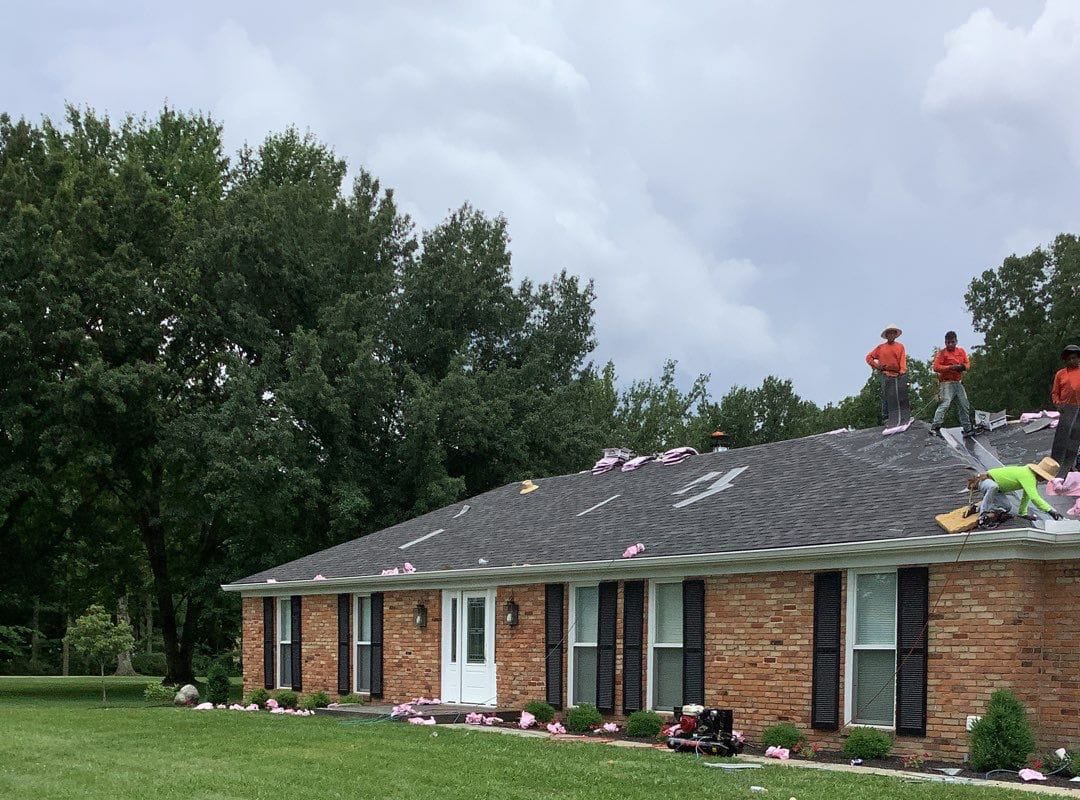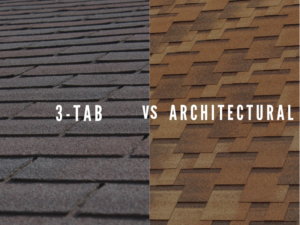How Much Does Roofing Cost? An In-Depth Guide
The roofing cost can vary significantly, depending on the size and complexity of your project. It’s important to get a good understanding of what you are getting into before signing any contracts or making any decisions. This guide will provide you with an in-depth look at the different factors that affect roofing costs, so that you can make an informed decision about which type of roof is best for your needs and budget. We’ll cover everything from materials to labor costs, as well as some tips for keeping your costs down without compromising quality. Whether you need a new roof or just want to repair some existing damage, this guide will help you understand all aspects of the process—and how much it really costs.
- Materials: Materials are one of the largest expenses when it comes to roofing. Different materials have different costs and benefits, so it is important to do your research before deciding on which type of material to use for your project. Options include asphalt shingles, metal roofing, tile, and slate. While asphalt shingles are the most common and cost-effective option, they may not be the best choice for certain climates or roof angles. Metal roofing is more expensive, but it is also more durable and requires less maintenance over time. Tile and slate are more expensive than other materials, but they are also known for their longevity and beauty.
- Labor: The cost of labor will depend on the job and the contractor you hire. Professional roofers will typically charge by the hour or by the square foot of your project, so it’s important to get an estimate before settling on a contractor. Make sure to ask for references and check reviews before deciding on which roofer to hire.
- Permits: Depending on where you live, you may need to obtain permits for your project. Permit costs vary from state to state and can range from a few hundred dollars to a few thousand. Make sure to check your local building codes and regulations before starting any work, as failure to do so could result in fines or other penalties.
- Additional Costs: Other costs to consider include tools and supplies, cleanup, disposal of debris, warranties, and any structural changes that may be required. Your contractor should be able to provide you with an estimate for these additional costs when giving their quote.
- Saving Money: Although roofing can be expensive, there are several ways to save money. First, shop around and compare quotes from multiple contractors before settling on one. You can also consider using recycled materials where possible, which can save money without sacrificing quality. Finally, if you are able to do some of the work yourself, such as tearing off the old roof or disposing of debris, you may be able to save some money on labor costs.
By understanding the different costs associated with roofing and taking steps to save money, you can ensure that your project meets both your budget and your needs. We hope this guide has given you a better understanding of the costs of roofing and how to get the most out of your project.

https://www.google.com/maps?cid=2091952965182332475




